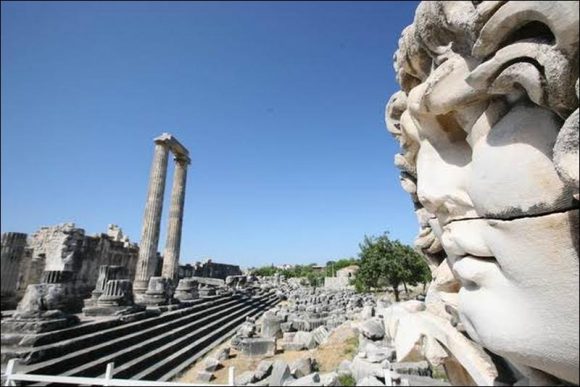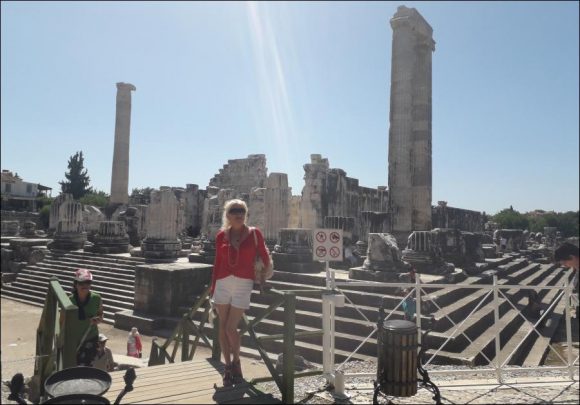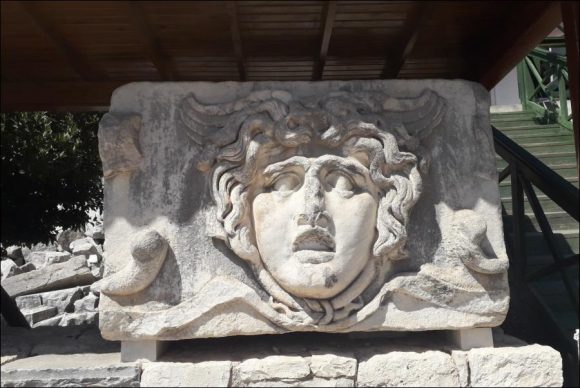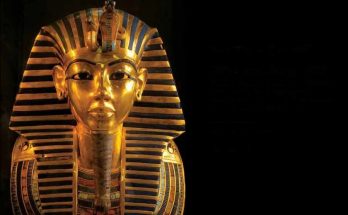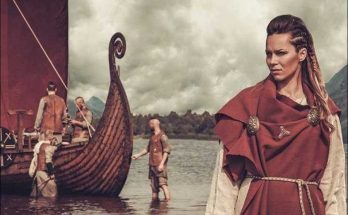Didyma, on the eastern coast of the Aegean Sea (Turkey side) is located in a tourism resort. The house of the Greek god Apollo is also here. Bodrum – Milas Airport is only 40 minutes away. When the archaeological site is mentioned, it is first said “Didyma Apollo Temple”. Miletus and Priene are also here. The Temple of Apollo is located in Yenihisar Yoran village. Most of Yoran Village is a protected area. I was in the temple that came from the root of “worship dim where God or gods were worshiped. Didyma means twin sister. God Apollo; He was the son of Zeus and Leto and the twin brother of the Moon Goddess Artemis.
Legends have always intrigued me. According to the legend of the Temple of Apollo, this temple is the home of God Apollo. Apollo meets the shepherd named Brankhos and loves him very much. It teaches the secrets of the prophecy that attracts people’s attention. Shepherd Brankhos, the Apoolon Temple where the bay forest and water supply, as well as today we watch the astonishment in the name of the first temple of Apollo built and the temple for many years they were the rulers of the temple. The descendants of the shepherd are called the Brankhits, and the Temple of Apollo becomes the center of the prophecy of the ancient times.
Consciousness and prophecy is the source of information that most people resort to at that time. No one ever steps in without asking Apollo. At that time, the “Sacred Way” was built between Miletus and Didim. The Holy Path is not washed without bathing, the oracle is fasting three days before the prophecy. Some historians have said that “if it had been finished at the Temple of Apollo, it would have been one of the wonders of the world.” 72 columns planted in 122 columns with a height of 25 meters. The fact that it is incomplete has made it unable to fall into the Seven Wonders of the World. In the columns are Medusa with snake hair, lion head and bull head figures representing power. These figures were believed to protect the temple at that time.
In mythology, Apollo, the prophecy known as God the Lord, is the god of poetry, art, sun and fire. The Temple of Apollo was built in 560 BC. In the most important prophecy center of the antiquity in the 6th and 7th centuries, when you touch the stone pillars, you see engraved letters written on the walls. Exit the engraved letters and the digits. Looks like there’s someone in the gigantic structure that will welcome you.
Proportion yourself with columns. When you enter the temple from ancient times to the present day, on your right, there is the famous Medusa statue (cracked human face statue) that we see in textbooks and postcards. You’re looking at that face when the sun hits your face. Then turn around and look at the gigantic temple. Nasıl How are the columns stretching to the sky vertically placed under the conditions of that day? With which technology. What happens when you look at the horizontal columns and huge stones, each of which is a work of art? When do I live? Who came and who passed? Unuz you hear your inner voice.
The cafes and restaurants established around the temple serve with names such as Ruin, Apollon and Temple. I couldn’t help but stare at the temple. I was interested in the majority of Japanese tourists taking photographs in every corner. The myth of Medusa, who pursues the gods, contains jealousy and violence. Is there a price to live forever? When I explored the temple, I was shivering, albeit a legend.
Medusa is a beautiful young girl. Poseidon, the god of the seas, adores Medusa. The goddess Athena, the daughter of Zeus, is very jealous of her. One day, Poseidon forcibly possesses Medusa in the temple of Athena. Athena feels humiliated and makes Medusa a female monster and her hair is turned into a snake. This punishment is not enough for Athena, Medusa will be cut off. When he was beheaded, his children Pegasus and Shrysar, born from Poseidon, were born. Drops of blood from the suffering Medusa turn into snakes ”and the legend continues.
Miletus Museum
The Miletus Museum is located in the ancient city of Miletus. A scientific and visual example of a museum. B.C. 20-15 century Minoan cuisine and the Temple of Apollo votive items, the Priene section of various periods, ornaments, glass fragrance bottles, bronze items and figures, terracotta items and coins are on display. Apollo head with laurel wreath was also used on Miletian coins. As with every museum, the entrance to the museum card is free for those. Those who do not have museums pay an entrance fee of $4. Admission is free for teachers, press card holders and Turkish citizens over the age of 65.
Views: 1051
